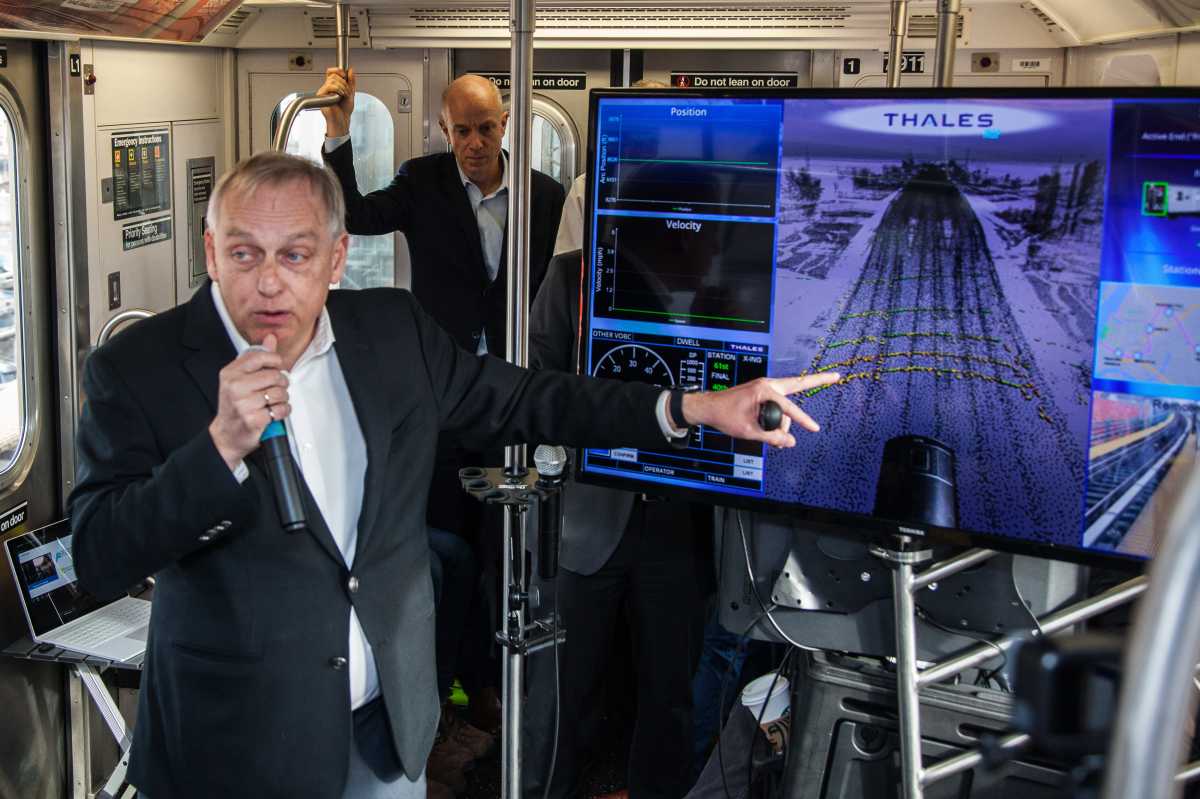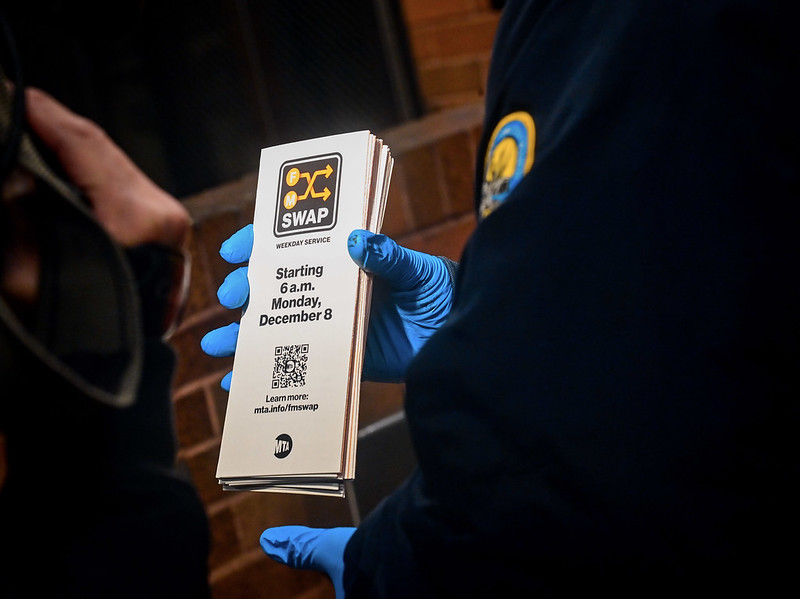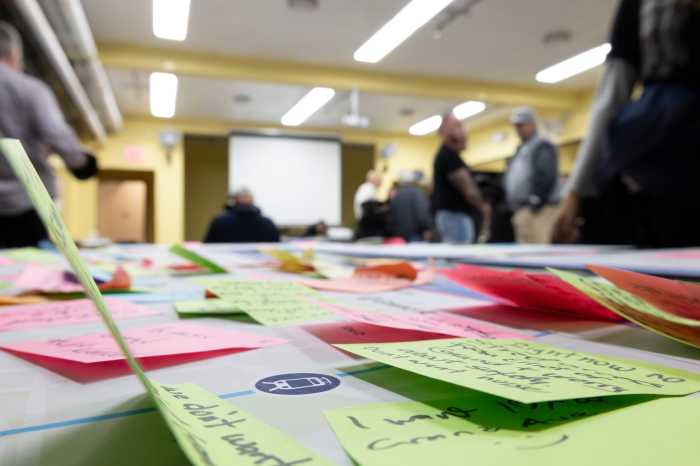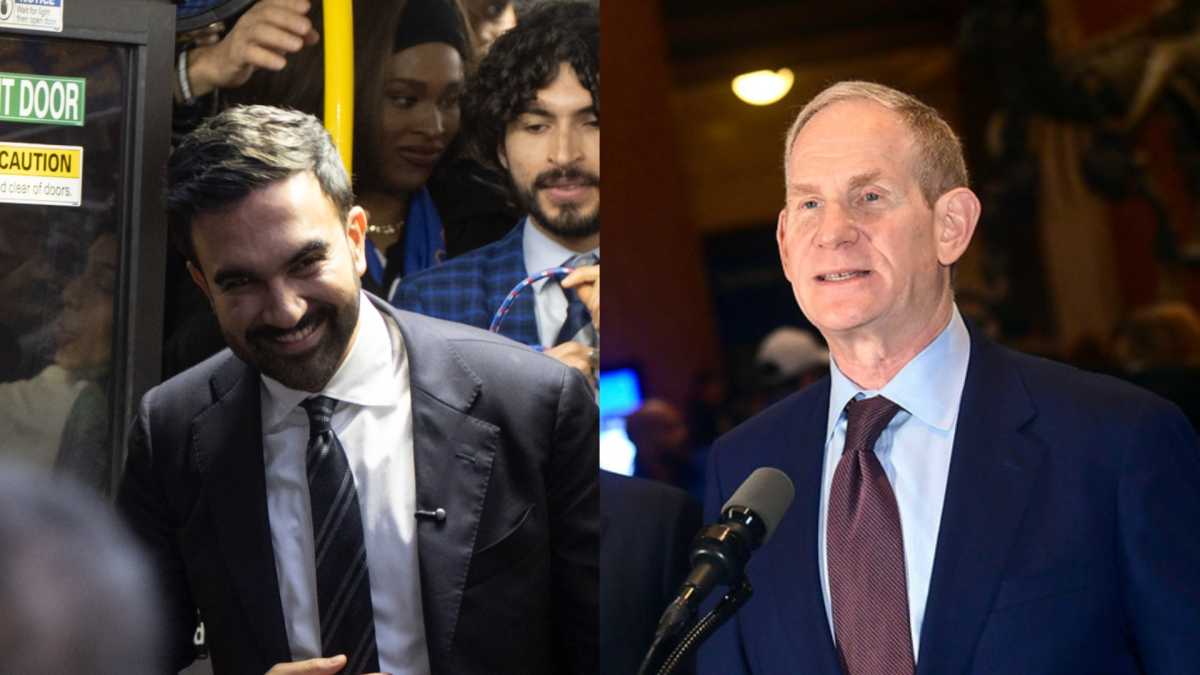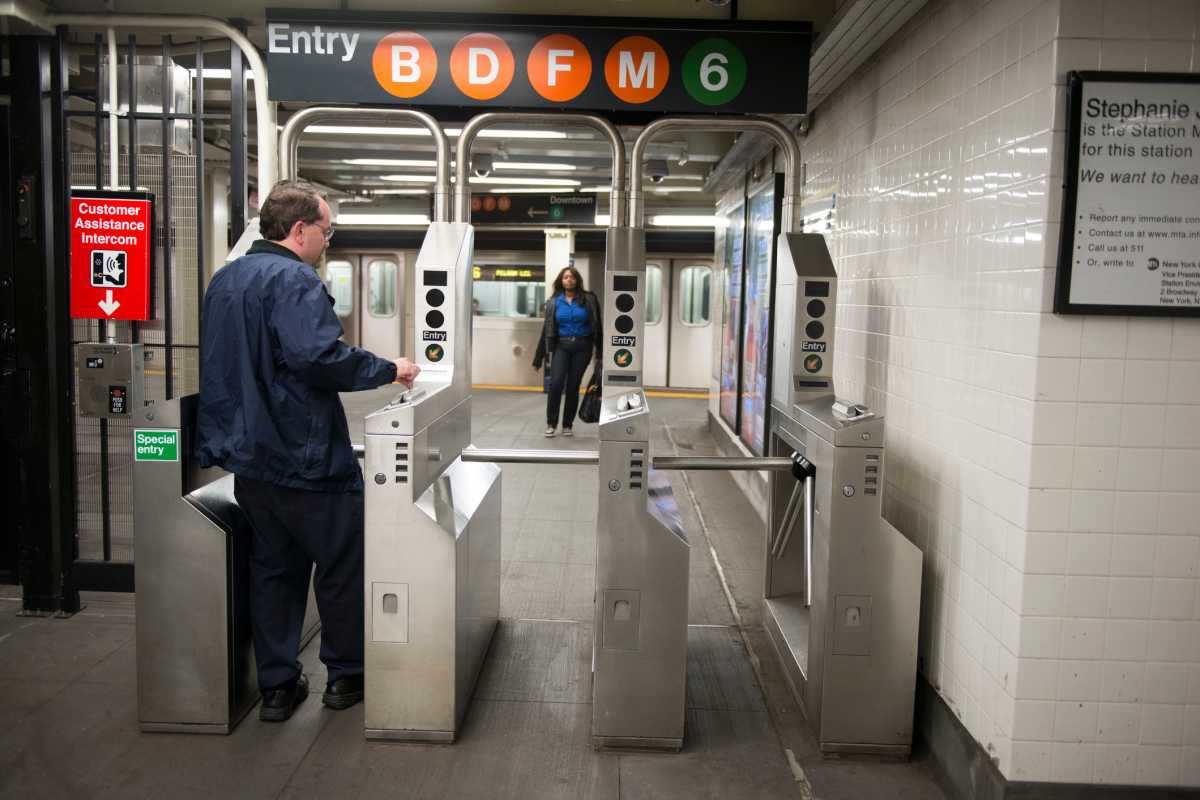Over the past nine months, the MTA New York City Transit has been partnering with two electrical engineering companies to test a new form of signaling technology on the 7 and L subway lines.
On Jan. 23, the agency took over a train at the Woodside 7 Train Station to demonstrate the results of the pilot for Ultra-Wideband Radio (UWB), a complement to the modern signaling installed on the 7 line as part of the MTA’s Fast Forward plan in November 2018.
The updated signaling system on the 7 and L lines is called Communications Based Train Control (CBTC), and it allows more precise control of the trains, so they can run more closely together. The demo pitched Ultra-Wideband Radar, a technology that would enhance the signaling upgrade to provide faster updates and more precise data on train locations that would, in theory, improve train service.
While transit experts have suggested that using UWB as a replacement for CBTC would be risky because it hasn’t yet been proven on the scale of a citywide subway system, the MTA demonstration focused on how it might be used as a complement for lines that already have CBTC technology.
During the demo, executives from Thales and Piper Networks, the two engineering companies who installed the system, projected laser-imaging from the UWB sensors onto a TV screen as the train traveled along the 7 track. They wanted to show just how unobtrusive and simple the sensors are, and how the technology can be used to guide the trains with precision.
Robert Hanczor, CEO of Piper Networks — one of the companies that participated in the pilot — pointed out that the UWB consists of sensors that are easily installed on the front of a train, as opposed to CBTC, which extends along the entire body of a train. He said the tech reduces the amount of time they have to be on the tracks for installation.
“What this means for the riders is that we can install the equipment much faster, it saves money for the organization, and it’s much easier to maintain” Hanczor said.
The presentation also showed how the installation of UWB could take over in the case of signal outages. In the current system, if a critical sensor fails, the train brakes to a halt and must be taken out of service. With UWB, a sensor failure would trigger a seamless switchover so operation could continue.
As the train pulled back into Woodside station after its test run, Thales executive Walter Kinio pointed to CGI imaging of the track markers that told the conductor precisely where to stop.
“Just to let you know, we were four inches off,” Kinio said as the train came to a halt.
Though the demo went without a hitch, UWB would first have to become safety certified before the MTA could start installing on it on any subways. Then the agency would have to make a judgement about how the UWB would connect with the large increase of CBTC technology that is slated for installation over the next five years. The MTA does not have a concrete time frame for how long these steps would take.

